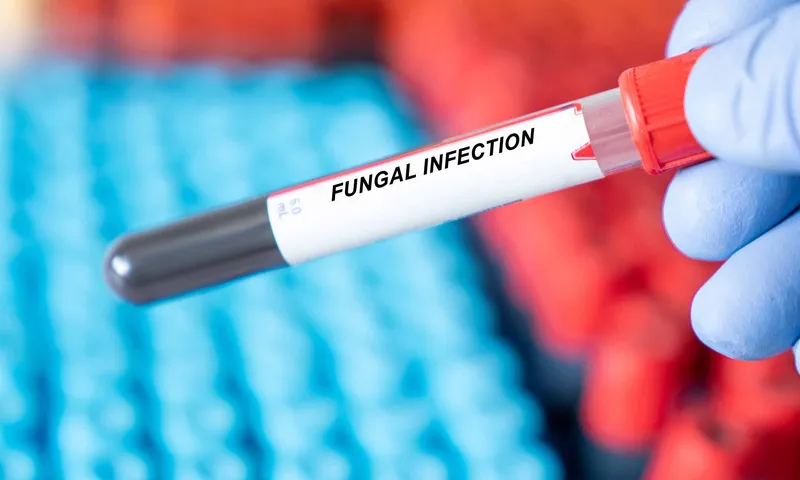Does Sun Kill Fungal Infection

Many dog owners are often worried about their furry friends, especially when they show unusual behaviour. This may include being more lethargic than usual, itching, scratching, or licking their paws, or appearing generally uncomfortable. Did you know that a fungal infection could be the cause of these relatively nonspecific symptoms? This article will explore fungal infections in dogs, including various types and symptoms, how dogs get fungal infections, and methods for prevention and treatment.
What are Fungal Infections in Dogs?
Fungi are present everywhere around us, and different types can be either beneficial or harmful to humans and animals. Some cause discomfort through itching, redness, or flaky, crusty skin, but are relatively harmless. They often affect specific areas of a dog’s skin, like ringworm, which shows up as round, itchy, bald patches. Similarly, yeast infections mainly impact the ears, paws, and skin folds, causing redness, odour, thick discharge, and potentially leading to hearing loss if left untreated.
However, other types of infections are particularly dangerous and can have a significant impact on your dog’s organs, such as the brain, lungs, and eyes. These include aspergillosis, which usually affects the nose and respiratory system. Blastomycosis, histoplasmosis, and cryptococcosis are systemic infections that can cause difficulty breathing, coughing, and eye discharge. In severe cases, it can also lead to nasal deformities, blindness, limping, fatigue, weight loss, and seizures. If left untreated, these types of infection may even cause death.
How Do Dogs Get Fungal Infections?
To prevent your dog from developing a fungal infection, it’s crucial for you to know how they can occur. Some types of fungal infections are contagious and can spread between animals. In other cases, your dog might come into contact with fungi spores in soil, rotten food, or bird droppings. Additional factors include a weakened immune system, poor hygiene or grooming, injuries or broken skin, and prolonged use of antibiotics. Be aware that fungi thrive in warm, humid conditions, which is why infections often occur in areas such as the skin and ears.
How to Prevent Fungal Infections in Dogs
Since fungi naturally occur in the environment, you won’t always be able to prevent your dog from being exposed to them, but you can reduce the risk of infection. First, it’s essential to keep your dog away from contagious animals and areas that are damp and moldy.
Additionally, you should ensure that you keep your dog clean and dry, especially if your pet has open wounds. Some related steps that you can take include the following:
Cleaning their ears
Trimming hair around the paws
Checking for early signs of infection on the skin and coat
Regularly cleaning their toys and bedding
Finally, to help your pet fight infections, strengthening their immune system and avoiding antibiotics, when possible, can be beneficial, as it helps maintain the body's natural microbial balance.
How to Treat Fungal Infections in Dogs
Fortunately, there are various treatment methods to address fungal infections in dogs. These include medicated creams, shampoos, sprays, prescription pills, and ear drops, such as Pyohex, EnteDerm Topical Ointment, and Ceraven CK Antiseptic Shampoo.
Aside from medications, there are several other steps you can take to help your dog recover from a fungal infection more quickly and ensure it doesn’t recur. Some of your first actions should include cleaning and disinfecting your dog’s bedding, toys, bowls, and grooming tools. You should also immediately isolate your dog from other pets and people if the infection is contagious. Treating underlying health conditions, such as allergies or a weakened immune system, improving your dog’s nutrition, and using probiotics may also be beneficial for a speedy recovery. The same applies to limiting stress and scheduling regular follow-up visits with the vet, who can assist you in helping your dog recover, stay healthy, and enjoy a happy life.


